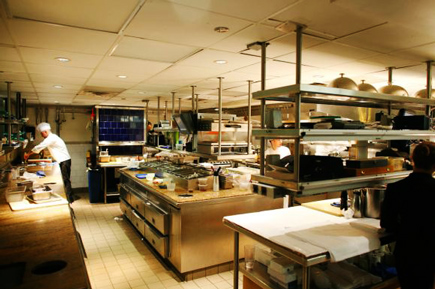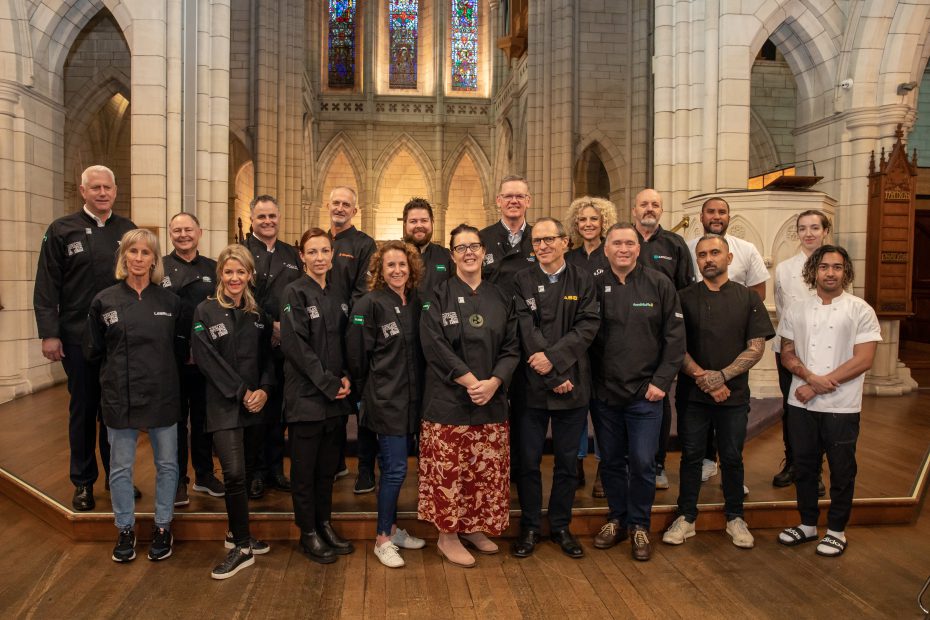Neglecting to deep clean kitchen equipment can have detrimental effects on your restaurant. Deep cleaning is designed to reduce the spread of viruses as well as remove dust and clutter.
It’s crucial to note that regular cleaning is not a substitute for deep cleaning. Deep cleaning involves cleaning and sanitising surfaces, corners, and kitchen equipment.
Because restaurants prepare food in kitchens, always sanitise kitchen equipment to avoid contamination.
Studies show that over 200 diseases are transmitted through contaminated foods each year.
Therefore, maintaining hygienic equipment is mandatory for a healthy kitchen environment. This is because the kitchen is a room prone to the growth of disease-causing bacteria and pests.
Let’s look at how you can deep clean each of your kitchen equipment.
Deep Cleaning Your Restaurant’s Fryer
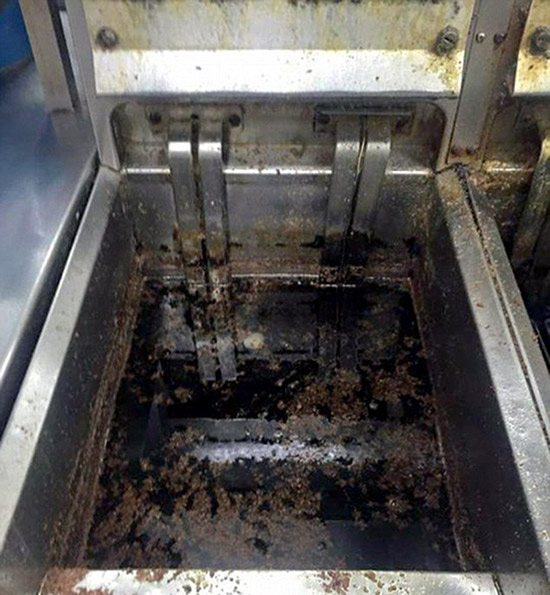
Source: dailymail.co.uk
If you are among the many restaurant owners in New Zealand, there’s a high chance you have a deep fryer in your kitchen.
Fried food has one of the best flavours. And restaurant fryers give it that wonderful flavour without much hassle.
Although oil can be recycled, it’s essential to deep clean your restaurant fryer regularly.
Necessary Chemicals and Tools
- Fresh & Clean Oven & Grill
- Deep Fat Fryer Cleaner
- Oil pan drum
- Fryer clean out rod
- Synthetic scrub pad
- Clean cloths/ Paper towels
- Water hose for rinsing
- Pail of freshwater
- A long brush that is suitable for high temperature
- Protective eye-glasses
- Protective apron
- Heat-proof gloves
How to Do It Right
For optimal performance, deep cleaning the fryer using these step by step procedures.
Interior Deep Cleaning
- Turn off the fryer and let it completely cool down.
- When cool, drain the fryer oil into an oil pan drum for disposal or future use.
- Remove any remaining large debris from the inside of the unit.
- Wipe the interior of the fryer using clean cloths or towels.
- Fill the fryer with water.
- Add about 4 oz. of Deep Fat Fryer Cleaner liquid for every 3-4 litres of water.
- Turn on the heater and boil the mixture of water and cleaning fluid for about half an hour.
- After the water has boiled, turn off the fryer and let the water cool down.
- Drain the water out of the fryer while scrubbing the interior using a long-handled brush.
- Thoroughly flush the unit with water to get rid of the cleaning solution.
- Wipe the interior with clean cloths or towels and allow the fryer to dry completely.
- Close the drain valve.
- Fill your fryer with fresh or recycled oil.
External Cleaning
- Clean the exterior surface of the unit using the Fresh & Clean Oven & Grill. The cleaner will help degrease surfaces and remove carbonized food.
- Use a synthetic pad to scrub stubborn spots.
- Use a damp towel/cloth to dry the floor completely.
Deep Cleaning Your Restaurant’s Oven
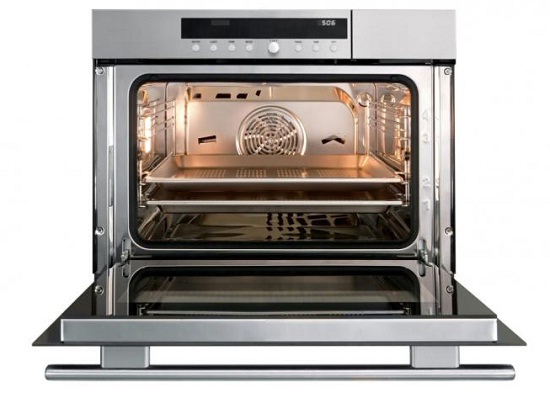
Source: awebtoknow.com
Without a doubt, ovens are the backbone of any restaurant kitchen. They are regularly used and thus prone to accumulation of grease, food particles, and other debris.
You should not wait to see smoke from your oven to start cleaning it.
Necessary Chemicals and Tools
- Oven and Grill Heavy Duty Cleaner
- Gloves
- Microfiber cloths
How to Do It Right
- If the oven has just been in use, allow it to cool down before you start deep cleaning.
- Take out all the oven racks and clean them separately using an Oven and Grill Heavy Duty Cleaner and warm water.
- Wipe the inside of the oven using a wet microfiber cloth.
- After you have thoroughly cleaned the oven and the racks, put them back to their original positions.
Deep Cleaning Your Restaurant’s Refrigerators
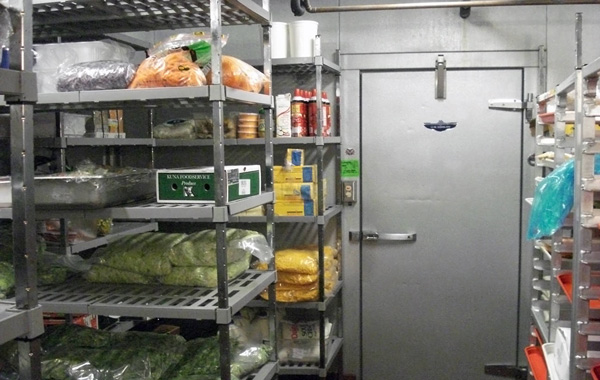 Source: derektime.com
Source: derektime.com
The primary concern of many restaurants is to keep food safe for consumption.
You don’t want to waste money on an underperforming refrigerator. This is because a clean refrigerator keeps food at a safe temperature and improves its overall performance.
Always follow the instruction of your fridge manufacturer when cleaning it.
Necessary Chemicals and Tools
- Gentle surface wipes
- Regular dishwashing liquid
- Warm water
- A basin
- Baking soda or sodium bicarbonate
How to Do It Right
- Take out food from the refrigerator and ensure it’s empty.
- Take out all parts of the fridge that are removable, such as drawers or shelves.
- Mix regular dishwashing soap with warm water in a basin and let the drawers soak before you rinse and wipe them.
- Use gentle surface wipes with a combination of warm water and dishwasher soap to clean the surface of the refrigerator.
- For stubborn stains, apply a mixture of baking soda and a little water. Leave the paste (water and baking soda) for about one hour before wiping it out.
How To Deep Clean Your Restaurant’s Grills
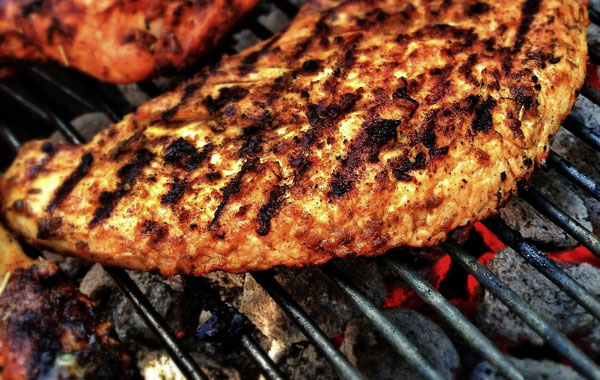 Source: pixabay.com
Source: pixabay.com
It’s recommended that grills be cleaned at least once a day. This reduces cross-contamination and decreases the possible accumulation of stubborn grease stains.
Necessary Chemicals and Tools
- Stiff wire brush
- Spackle knife or sturdy spatula
- Shine Multipurpose Polish
- Baking Soda or sodium bicarbonate
- Paper towel or rags
- Water with soap
How to Do It Right
- Remove the charcoal and ash out of the grill in case your restaurant is using a charcoal grill.
- If you have a gas grill, disconnect its propane tank and set it aside from the grill.
- Get the grill hot by firing it up for a minimum of 30 minutes. Extreme temperatures will remove stuck-on food and grease.
- While the grill is hot, pour one cup of cooking oil onto its surface.
- After the grill has cooled, remove all grates. Submerge them in warm, soapy water for about 30 minutes.
- For stubborn gunk, mix baking soda and a little water and apply the paste on caked-on food bits.
- After grill grates have been removed, use a spackle knife to remove any stuck-on substance from the firebox of the grill.
- Dip the stiff wire brush in a bucket of warm soapy water. Use it to scrub off all carbon from its grates and panels.
- To ensure effective decontamination, soak a paper towel or rag in cooking oil and scrub the surface of the grill.
- As a final touch, use the Shine Multipurpose Polish to polish the grill.
- Once the grill is clean, reassemble all parts that were previously removed.
How to Sanitise Your Restaurant’s Burners
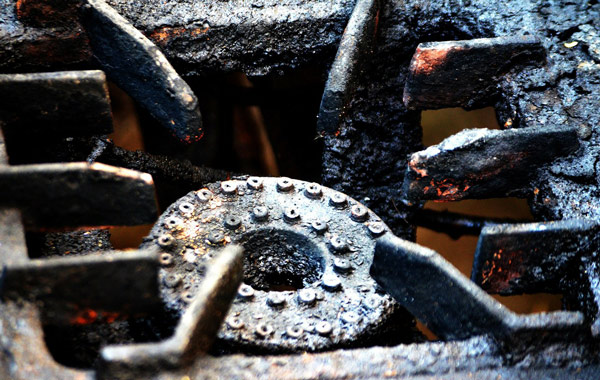 Source: pixabay
Source: pixabay
Necessary Chemicals and Tools
- Sponge
- Dishwashing soap
- Clean cloth or paper towel
- Baking soda
How to Do It Right
- Before you start deep cleaning the burner, ensure it has completely cooled down.
- Remove the burner coils (in the case of an electric range) or grates (for a gas range) and clean them separately.
- Mix lukewarm water and dishwashing soap in a bowl.
- Dip a sponge or cloth in the soap solution and then scrub the burner.
- Mix a bit of water and baking soda to form a thick paste.
- Use the thick paste coat the burner and let it stand for about 30 minutes.
- Rinse off the burner to remove caked-on residue. Ensure the paste is also rinsed off.
- Dry the burner using a paper towel or clean cloth.
- Reassemble the burner when all its parts are completely dry.
- Your restaurant stove is now ready for a cooking session.
Get Expert Deep Cleaning Service Today!
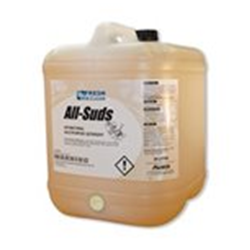
Fresh & Clean Antibacterial Multi-Purpose Detergent 20L
Deep cleaning is vital to your restaurant employees and patrons’ health and safety for various reasons. Some of these reasons include:
- Improving their working conditions.
- Increasing their morale.
- Helps your restaurant maintain food and safety regulations.
Cleanliness should be a top priority if you want to run a successful restaurant kitchen. And Alsco NZ offers exactly that – unique deep-cleaning services.
Alsco uses high-tech equipment and powerful chemicals to keep your kitchen spotlessly clean.
You can also order deep-cleaning tools and supplies and improve your restaurant hygiene.
Photo: possector
